Blog
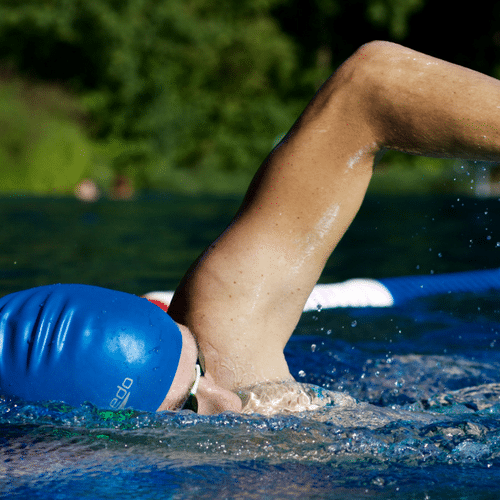
Pilates for Triathletes Swim Part II: Swimmer’s Shoulder
As promised, the triathlete series continues. Last month, Swim Part I was posted, emphasizing the importance of scapular stabilization for latissimus dorsi power. The post highlighted how Pilates is highly effective at training scapular awareness, stabilization and strength. This post will concentrate on the role of the rotator cuff and abdominals during the freestyle stroke. And, once again, how Pilates…
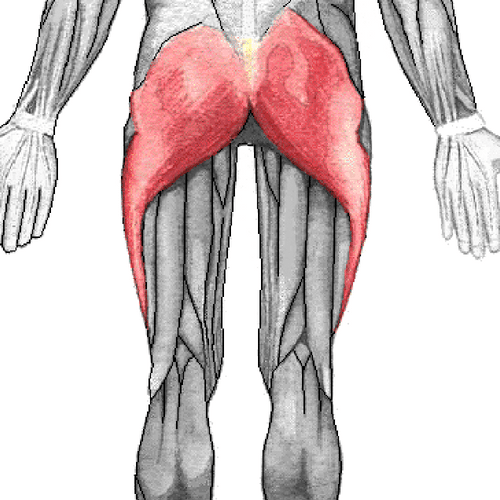
Glute Exercises: The Top Two to Get Started
After the blog post last week about IT Band Syndrome, several of you asked: “What are the best exercises to activate the glutes?” You ask, you shall receive. Here is a brief review of the glutes and associated hip musculature. This will help with the exercise portion in a minute. Definitions Abduction: leg moves out…
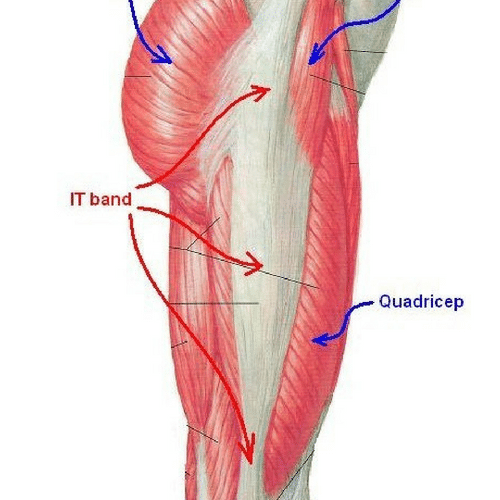
IT Band Syndrome: Look for Your Glutes NOT the Foam Roller!
Raise your hand if you have had sharp pain on the outside of your knee or leg, maybe after running or hiking? Keep raising your hand if someone said: “Oh, just roll on the foam roller and you’ll be good to go!” I feel a lot of hands up right now. I wish it was that…

Cold Or Heat for Pain?
Recently, a patient came to the clinic with acute back pain. While explaining her injury, she mentioned she was using heat to help with the pain. Then, she asked: “Well, should I be icing instead? When do you know to use heat and when do you know to use ice?” Great question. Cold and heat application are…
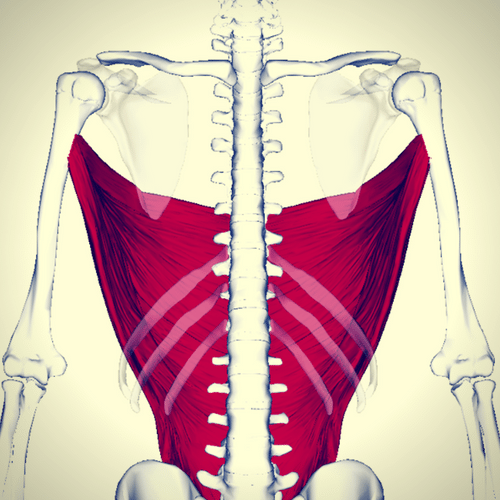
Pilates for Triathletes Swim Part I: Move from the Back
This is the first post in a series entitled: Pilates for Triathletes: Swim, Bike, Run. Over the years, I have treated many triathletes and have found Pilates to be an effective cross-training tool for endurance athletes. Why? Pilates is a low impact, endurance-based strength and flexibility workout that teaches the athlete how to efficiently engage one part of…
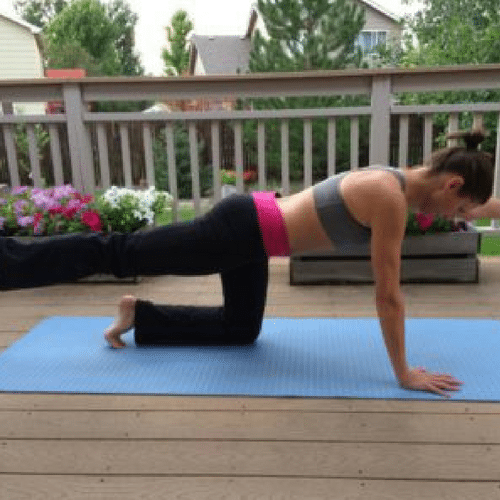
Bird Dog Exercise: Know the Details!
This may be one of the most common exercises in the rehabilitation and fitness world. I love it, but it can go very wrong, really quick. Why is it called bird dog? Have you ever watched a bird dog on point? When they find a bird (or a rabbit in my dog’s case), they instantly stabilize…
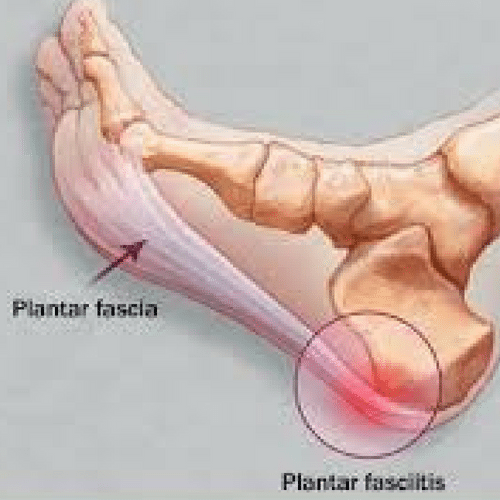
Plantar Fasciitis
Although it may feel like it at the time, this is not a death sentence for your foot. Wow, that heel pain is intense. It travels to your arch. You dread waking up in the morning to experience those first few steps. Walking barefoot becomes almost unbearable. Will you ever run, let alone walk, without…

Does Your Brain Hurt after PT?
Physical therapy can be more exhausting for the brain than the muscles. When recovering from an injury, a lot of concentration goes into firing the correct muscle, even if it just entails lifting your leg to the side. A patient once told me: “Lori, I feel like my glute is talking French and my brain understands…
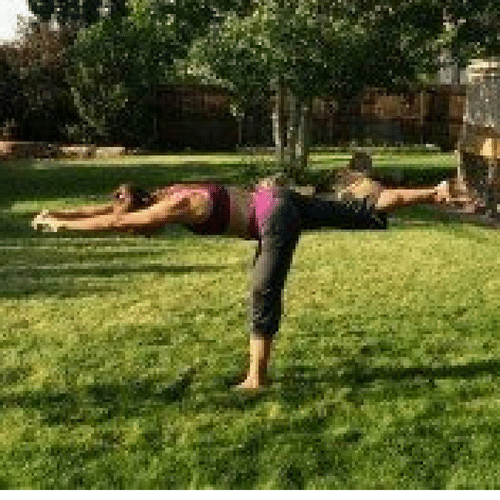
Do you know how to TEETER?
I call them “teeters,” short for teeter-totters. Yogis know it as Warrior III or Virabhadrasana. Pilates Instructors teach it as Arabesque. Physical Therapists put it in the category of single leg stance or balance. However you name it, this exercise is packed with about 1000 pounds of goodness. Here are some of the benefits: Foot intrinsic activation Ankle stability Gluteal activation (all…
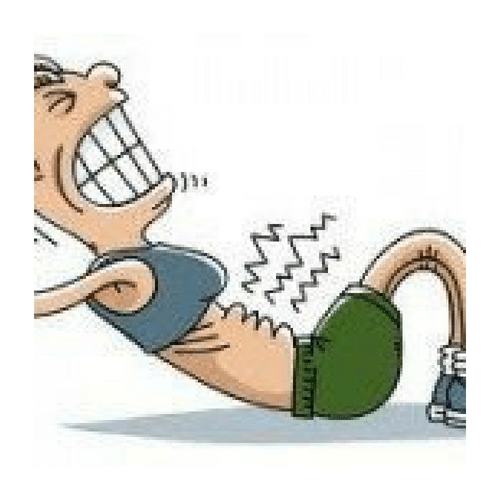
Sit-Ups: Good or Bad?
After beginning abdominal training in physical therapy, one of the first questions I get is: “When can I do a sit-up?” Sit-ups have a long history of being the golden ticket for awesome abdominal strength and aesthetics. Although there are better movements to effectively train the abdominals, sit-ups are A-OK and have a functional application.…
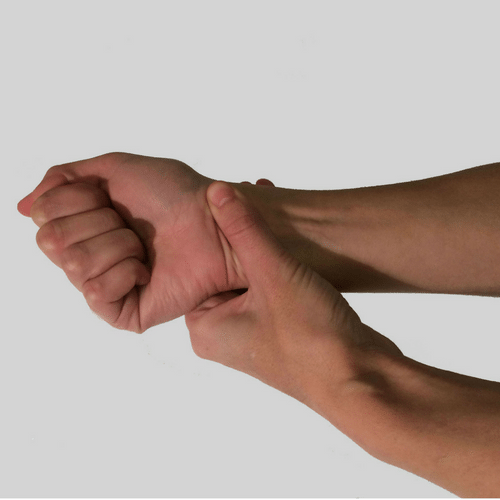
Carpal Tunnel Syndrome (CTS): Surgery The Only Option?
Carpal tunnel syndrome is a common diagnosis and most people, medical and non-medical, think surgery is the only option for optimal recovery. Although surgery is sometimes the most appropriate intervention, it surely is not the only option. See, I have a hunch. If more people initially sought physical therapy treatment for CTS when their symptoms…
- « Previous
- 1
- 2
- 3
- 4
